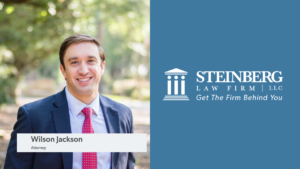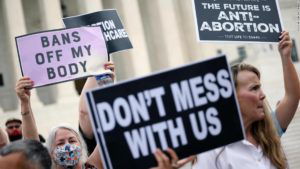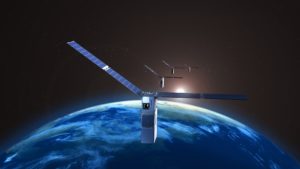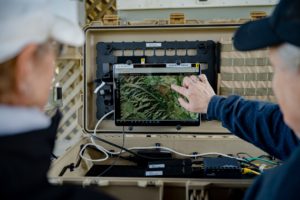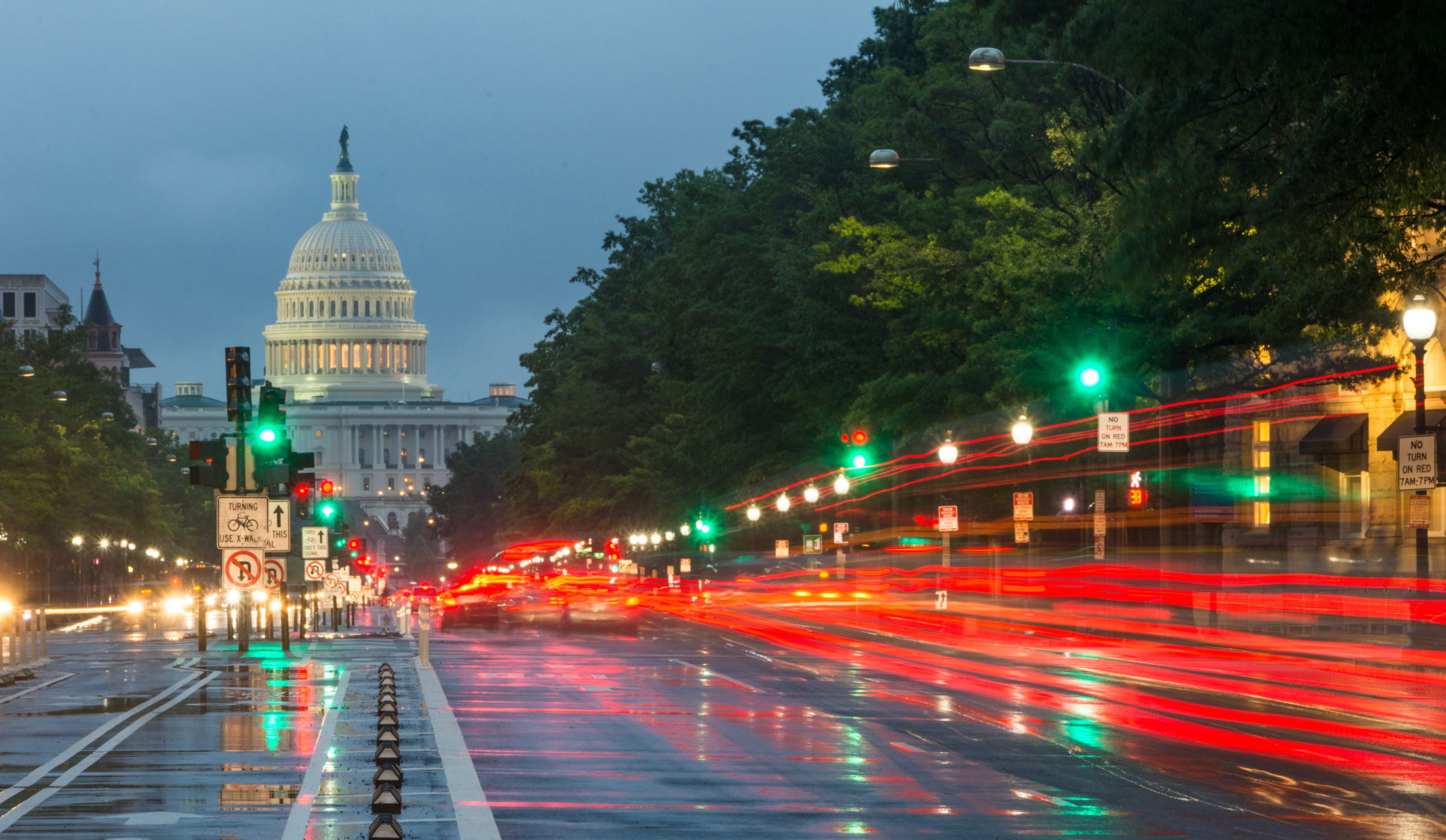
Sensors at Home Can Make Your Elders Safer
Oct 1, 2010
Gene L. Osofsky of the law firm Osofsky & Osofsky weighs in about some helpful sensors.
For a lot of our elders, living alone isn’t what it used to be, especially in the sense of devices and technologically-advanced sensors placed in the home for safety reasons.
Hayward, CA (Law Firm Newswire) July 21, 2010 – When Malcolm McGill, 94, slipped on a wet floor in his Bayonne, New Jersey home without wearing his emergency alert pendant, and could not phone for help, he felt desperation.
Fortunately, a tiny wireless sensor beneath Mr. McGill’s bed detected that the nonagenarian had gotten up. Motion detectors in his bedroom and bathroom registered that he had not left the area in his typical pattern and relayed that information to a central monitoring system, prompting a call to his telephone to ask if he was okay. When he did not answer, more calls were triggered – to a neighbor, to the building manager, and finally to 911, which dispatched firefighters to break through his door. He’d been on the floor less than 30 minutes when help arrived – courtesy of a system known as eNeighbor.
“It’s amazing some of the technology that’s available even for isolated elders living alone,” asserts Gene L. Osofsky of the law firm Osofsky & Osofsky, “That man might have died in similar circumstances a generation ago.”
Technologies such as eNeighbor offer a surprisingly high standard of care – and are backed by corporate giants such as Intel and General Electric – the latter a household word for most elders. But the devices can be expensive, remain largely untested, and are seldom covered by the government or private insurance plans. Doctors are not trained to treat patients using remote data and no mechanism exists for them to receive compensation for doing so. In fact, many such devices – including motion sensors, pill compliance detectors and wireless devices that transmit data on blood pressure, weight, oxygen and glucose levels – can have unintended or even adverse consequences.
“It’s difficult to substitute electronic measurements for face-to-face contact with doctors, nurses, and family members,” Osofsky explains.
Mr. McGill, who has congestive heart disease and suffered a broken hip five years ago, said he could not live on his own without the system that probably saved his life, built and distributed by a Minnesota company called Healthsense.
“Despite their limitations in 2010, in a few years I predict a lot of these sensors will become more practical and pervasive,” Osofsky concludes.
To learn more or to contact a Medi-Cal Planning Lawyer, California Elder Law Attorney, or California Elder Law Lawyer, visit http://www.lawyerforseniors.com.
Law Offices of Osofsky & Osofsky
1290 “B” Street, Suite 208
Hayward, CA 94541
Phone: (510) 247-2555
- How to Keep Your Children from Squandering Their Inheritance
Most parents come into our office with one concern on their minds: protecting and providing for their children. We help these parents select loving guardians and set up solid trust or inheritance plans to ensure that their children will have everything they need. But parents often have another concern as well—how to keep their children […] - Women and Retirement: Your Money, Your Future, Your Plan
You have a longer life expectancy than a man, different ideas about what constitutes risk, often work for a different pay-scale… and if you’re a woman, you likely need a different kind of retirement plan as well.
You may think that the financial advisor recommended by your husband/father/brother will suit you just fine, but this new […] - Help for Alzheimer’s Patients AND Their Caregivers
Shakespeare said that old age is a return to childhood; without teeth, without voice… and in the case of Alzheimer’s patients, without memories. But if the elderly have to endure the drawbacks of childhood, shouldn’t they get some of the benefits too?
The Family Caregiver Alliance must have thought so too, because a few times a […]

